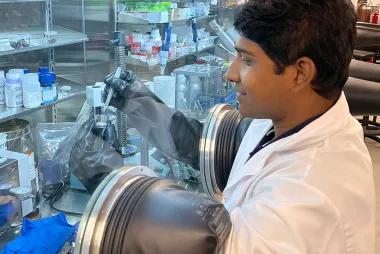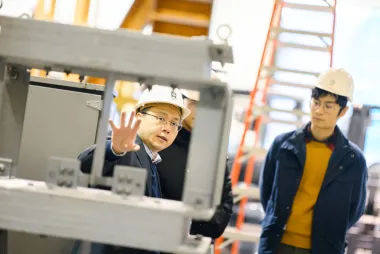News + Events
-
 UBC Applied Science
UBC Applied ScienceSmarter sensors developed at UBC deliver core insights
UBC Mining Professor Bern Klein's innovative research into sensors is making is mining operations more sustainable and efficient.

15 ways UBC researchers broke new ground in 2025
UBC Applied Science projects Spikeless and the MycoToilet are among the top research stories of the year.
December 3, 2025

Four UBC engineers receive Order of the White Rose scholarships
The students are among the recipients of the scholarship program honouring the 14 women killed at the École Polytechnique de Montréal in 1989.
December 2, 2025

UBC remembers the women of École Polytechnique
14 Not Forgotten memorials were held at UBC Vancouver and UBC Okanagan on December 1 to honour the women killed and injured at École Polytechnique de Montréal 36 years ago.
December 1, 2025
Recent News
-

-
 UBC Applied Science
UBC Applied ScienceCanada needs 22 million homes fast. UBC and partners are delivering solutions
December 4, 2025
-
 UBC Applied Science
UBC Applied ScienceStudent maps where cyclists really go—and why it matters for city planning
November 26, 2025
-

-
 UBC Applied Science
UBC Applied ScienceStudent innovation connects wildfire resilience, safety to home design
November 20, 2025
-
 UBC Applied Science
UBC Applied ScienceHow a UBC course helps students transform climate anxiety into agency
November 20, 2025